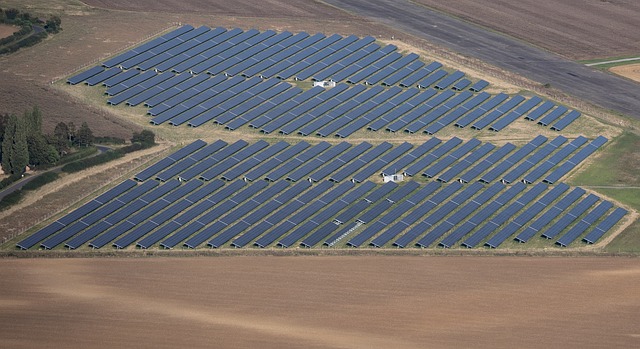Unearthing the Potential of Terrestrial Broadcasting in the 21st Century
The first spark of broadcast technology lit up our living rooms with the magic of radio and television. But as internet connectivity started to dominate, did terrestrial broadcasting lose its shine? This article dives deep into the evolution, present status, and the underexplored potential of terrestrial broadcasting in today's digital age.

A Flashback to the Terrestrial Broadcasting Era
Terrestrial broadcasting has a rich heritage, dating back to the early 20th century when radio broadcasts first started. By mid-century, television broadcasting had become the primary mode of information and entertainment. The technology relies on transmitting data over radio waves from ground-based transmitters to antennas and satellite dishes. The simplicity and cost-effectiveness of this technology saw it become the backbone of broadcasting for decades.
The Digital Shift and its Implications
The advent of the internet and digital technologies brought a seismic shift in the broadcasting landscape. Internet-based platforms offered a plethora of content, personalization, and interactive features. However, this shift didn’t diminish the relevance of terrestrial broadcasting. Instead, it paved the way for digital terrestrial television (DTT) - a technological upgrade that improved signal quality and enabled multi-channel broadcasting.
Regulatory Changes and Their Impact
The regulatory environment has been dynamic with adjustments made to accommodate the digital transition. One of the most significant changes was the ‘digital switchover,’ where countries globally turned off analog TV signals to make way for DTT. This move was not without challenges - it required massive infrastructural changes and public awareness campaigns to ensure a smooth transition.
The Unexplored Potential of Terrestrial Broadcasting
Despite the digital disruption, terrestrial broadcasting holds untapped potential. It is an excellent platform for emergency broadcasting - it’s resilient, covers wide areas, and doesn’t depend on internet connectivity. Moreover, with the latest advancements in broadcast technology, terrestrial networks can offer more than just TV. For instance, NextGen TV (also known as ATSC 3.0) combines over-the-air TV with internet-delivered content, offering an immersive, customizable viewing experience.
The Road Ahead: Challenges and Opportunities
The future of terrestrial broadcasting is intertwined with technological advancements and regulatory decisions. Challenges like radio spectrum scarcity and the digital divide need to be addressed. However, opportunities are plentiful. By leveraging the strengths of terrestrial broadcasting - wide coverage, resilience, and simplicity - and integrating it with digital technologies, we can unlock a future where quality content is accessible to all, irrespective of their internet connectivity.
In sum, terrestrial broadcasting, a technology often considered a relic of the past, holds significant potential in today’s digital world. It’s time we look beyond the internet-dominated narrative and appreciate the old workhorse’s enduring value in our connectivity landscape.




